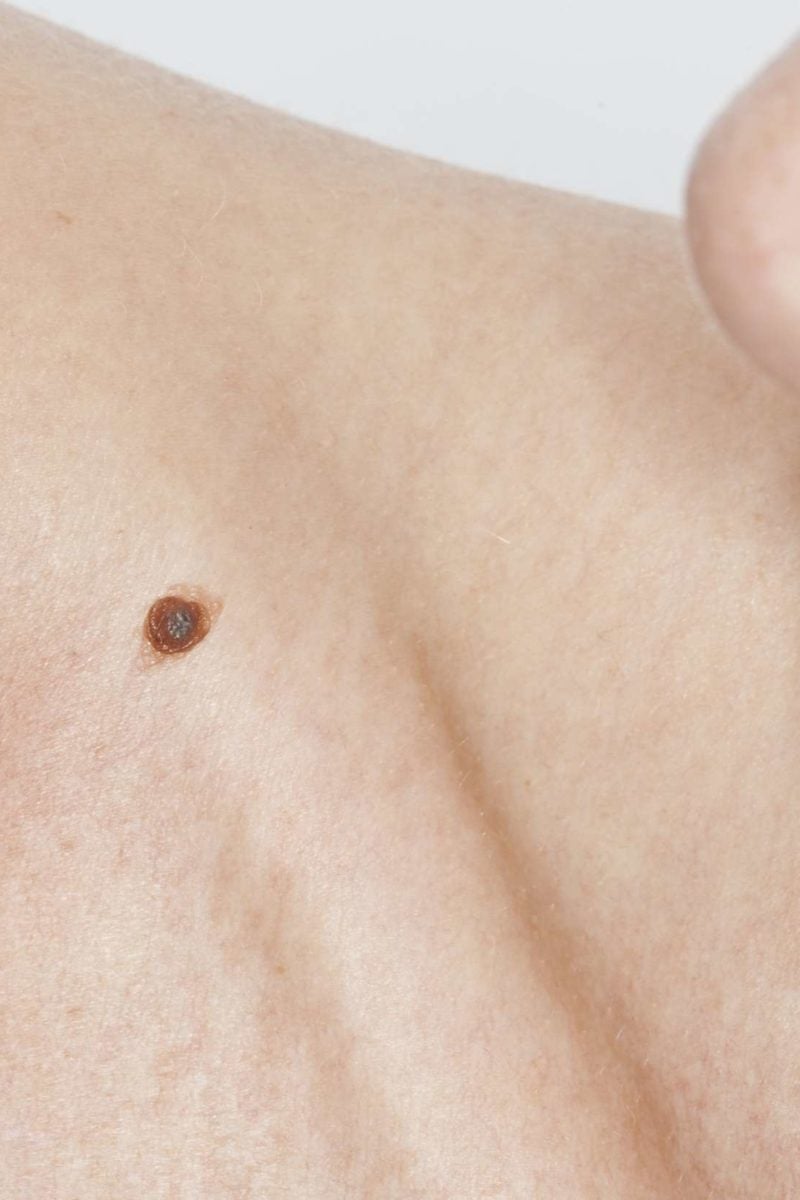

Sunlight exposure can increase your chance of developing moles, particularly when exposure happens during childhood and teenage years.
#Itching mole on breast skin#
If you have moles, your child might get some moles too.Ĭhildren with light skin are more likely to have numerous moles than dark-skinned people.

Shade and protective clothing, hats and sunglasses also help. You can keep your child safe in the sun by using plenty of SPF 30+ or higher, broad-spectrum, water-resistant sunscreen. Sun safety during childhood can also reduce the chance of moles turning into melanomas or other skins cancers when your child is an adult. Sun safety can help to prevent moles and sunburn. They’ll also be better able to handle the procedure.Īsk your GP for a referral to a dermatologist or plastic surgeon to discuss your options. At this age, your child can decide for themselves about whether to get a mole removed. It’s usually best to wait until the teenage years before looking into mole removal. Also, the procedure to remove moles can be quite distressing for children and has a high risk of scarring. Still, if the itchiness persists, even if there. Typically, suspicious moles have changed in size, shape, and/or color over a period of time. Most of the time, however, itchiness isn't the only change you'll notice in a cancerous mole. When they do, itching can be one of the symptoms. This is because moles don’t usually turn into cancer in children. The vast majority of moles do not turn into skin cancer. changes colour, especially if it gets darker, looks crooked or has an uneven borderĭoctors don’t usually recommend that children have moles removed, for either medical or cosmetic reasons.You should see your GP if your child develops a rapidly growing mole or your child’s mole: Does your child need to see a doctor about moles? Some children might have only a few moles on their body, whereas others have a lot. Moles usually grow on the face, head, neck, back, arms and legs. small, smooth and flat but can also be raised and hairy.Some moles can turn into melanomas, but the risk is very low for children and adolescents. Any spot that is bleeding or itching that wasnt previously or colors like black, red, white and purple are worrisome, she explains. Most changes are harmless but they may indicate the start of a skin cancer. By the age of 15 years, most Australian children have about 50 moles. Check for any new or existing moles that change colour, bleed or itch. But it’s more common for children to get moles after a year or so and to get more moles as they get older. Sometimes children have moles when they’re born. cancer.Moles are skin growths that happen when the pigment cells in the skin grow in a cluster, rather than being spread out across the skin. diseases-conditions/mastitis/symptoms-causes/syc-20374829 diseases-conditions/pagets-disease-of-the-breast/symptoms-causes/syc-20351079 Paget’s disease of the breast: The experience of the European Institute of Oncology and review of the literature. cancer/breast-cancer/non-cancerous-breast-conditions/mastitis.html IBC can cause a rapid increase in size, and breasts may feel heavy, burning, or tender.

Breasts will often appear swollen and red, with symptoms progressing rapidly over weeks or months.


 0 kommentar(er)
0 kommentar(er)
